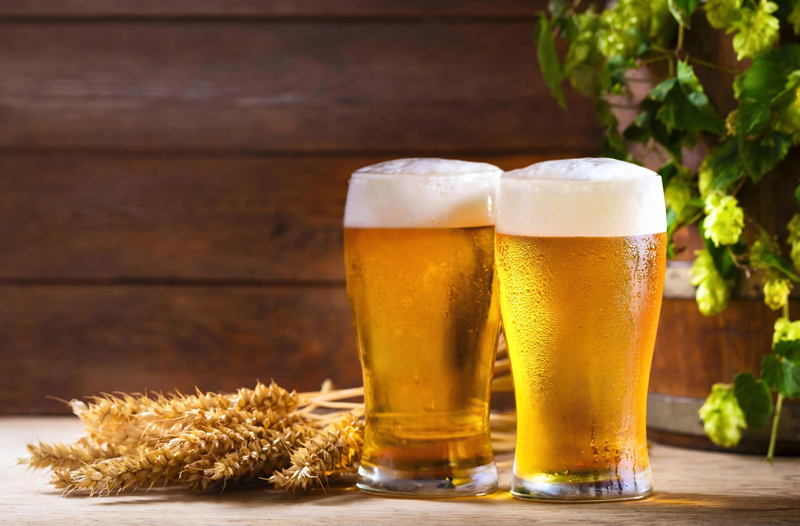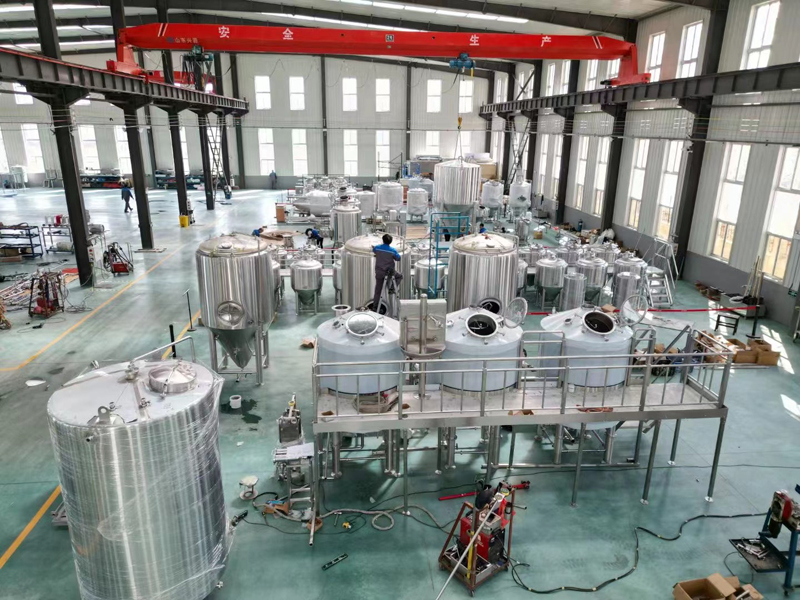The Difference Between Making Ales and Lagers
In the beer world, there are two styles that have the most popularity because they offer incomparable flavor and aroma. These are ales and lagers. These fermented beverages have captivated enthusiasts and connoisseurs for years, each with unique characteristics and brewing techniques.
As a beer producer, you must offer consumers different options to attract potential clients and expand your range, which will positively benefit your business. The difference between making ales and lagers will help you understand the different processes and the right equipment implementation to deliver high-quality beer.
Lagers employ a different type of yeast called Saccharomyces pastorianus, which ferments at cooler temperatures (45 to 55 degrees Fahrenheit). The low-temperature fermentation process of lagers considerably extends the maturation period, resulting in a clean, crisp, and smooth beer. A yeast brink is essential for keeping any type of yeast active and reusable for longer to achieve high-quality beer.
Lagers offer a more restrained and delicate flavor profile because the cool fermentation process produces a clean, crisp taste that allows the malt and hops to shine. Lagers often showcase subtle biscuit, bread, and caramel notes, focusing on balance and smoothness rather than bold flavors.
Lagers undergo a bottom-fermentation process, where the yeast settles at the bottom of the fermentation tank for a different reaction. Lagers go through a longer conditioning phase, known as lagering, where the beer stays at near-freezing temperatures for an extended period for more refined flavors.
 Jinan Alston Equipment Co.,Ltd.
Jinan Alston Equipment Co.,Ltd.

